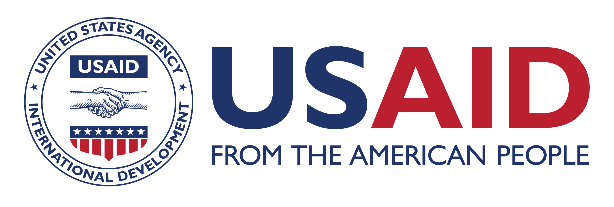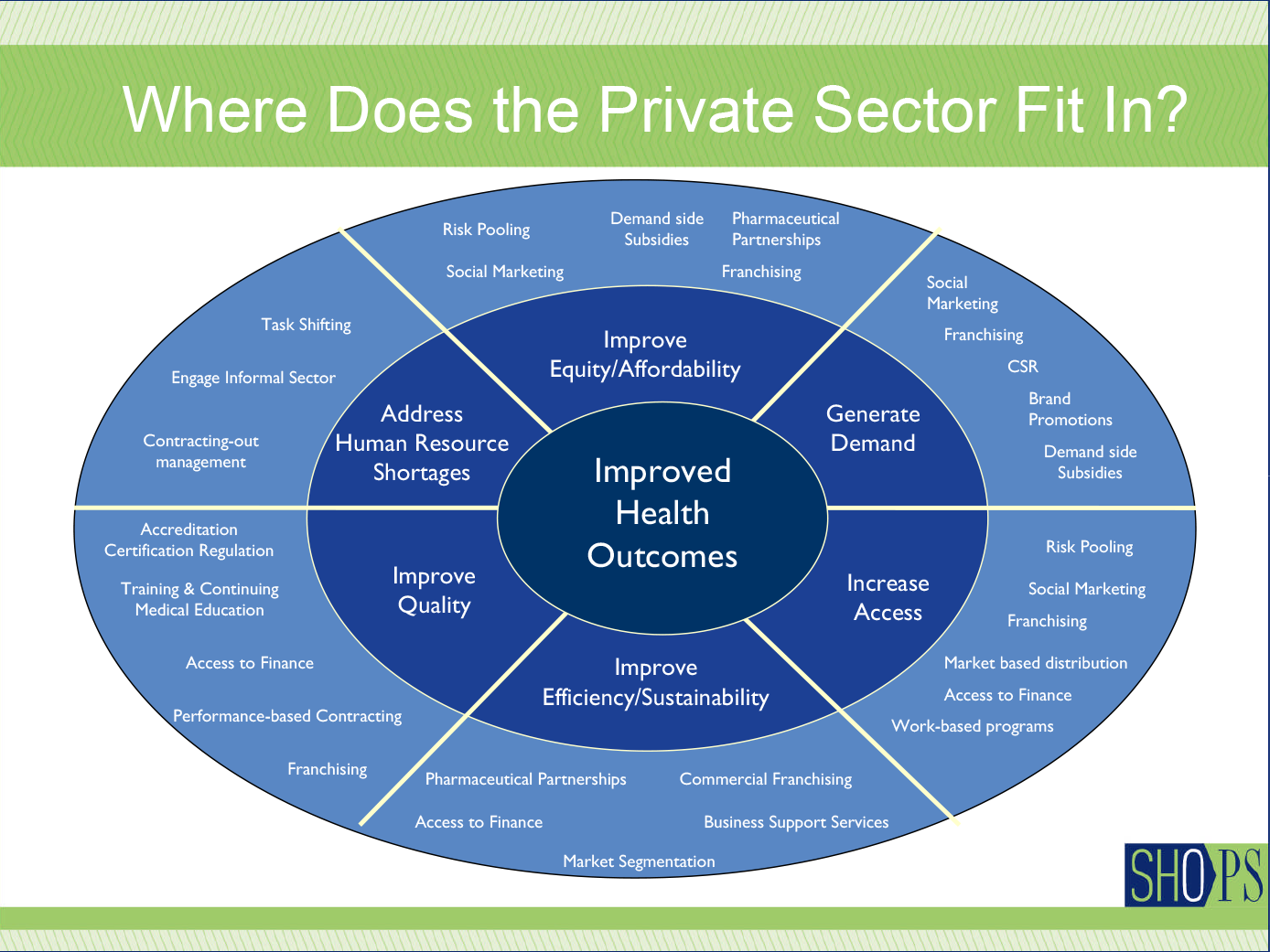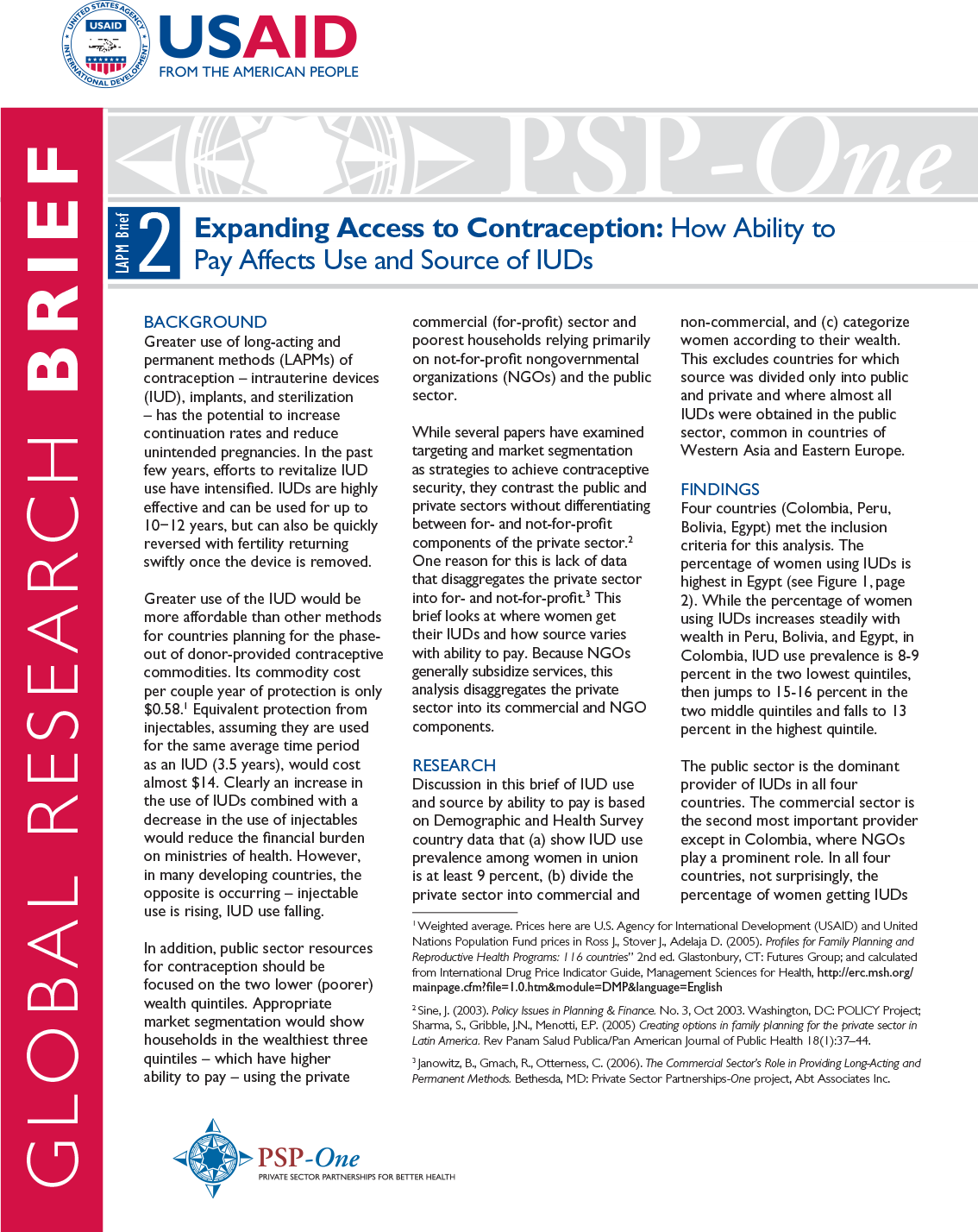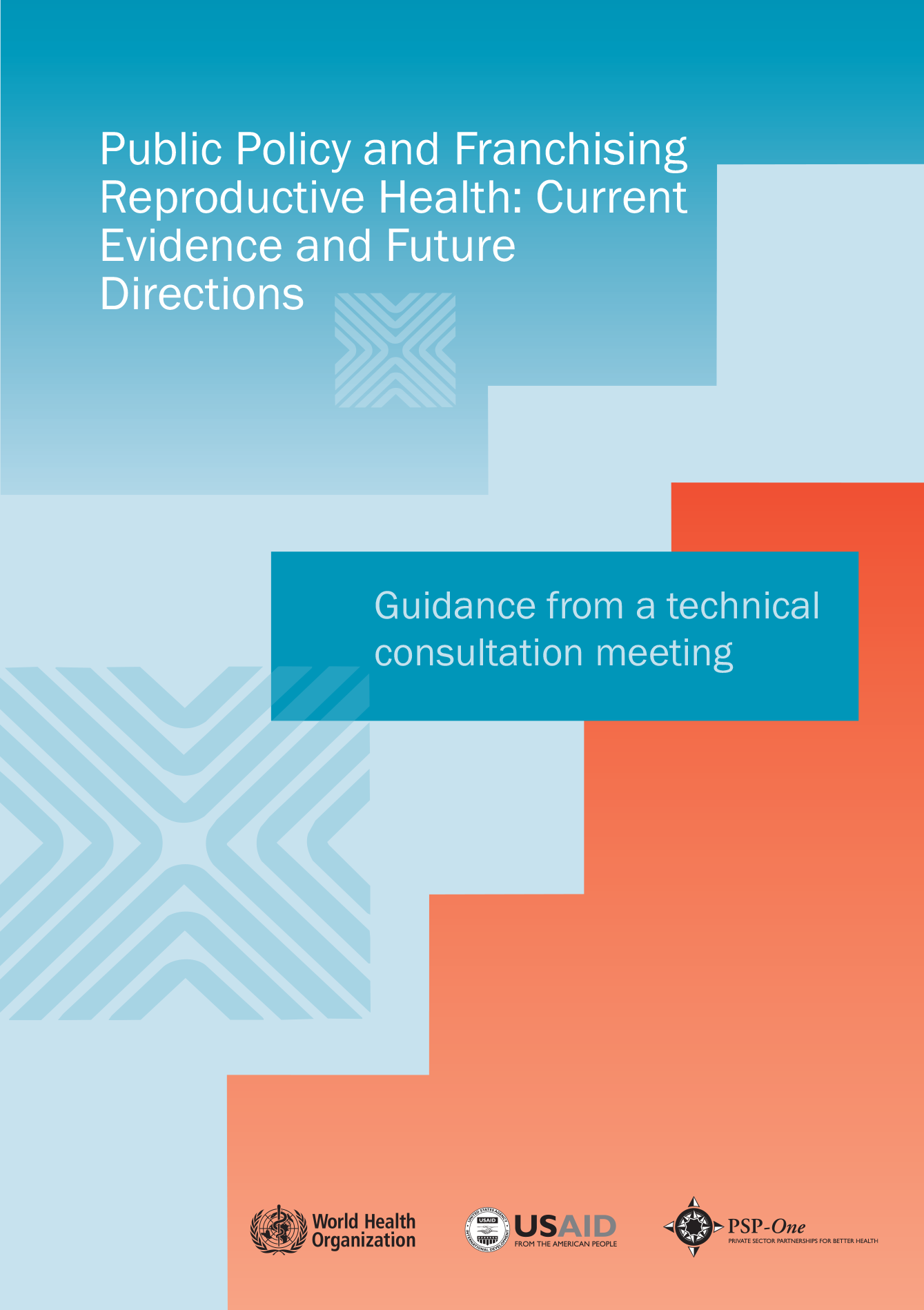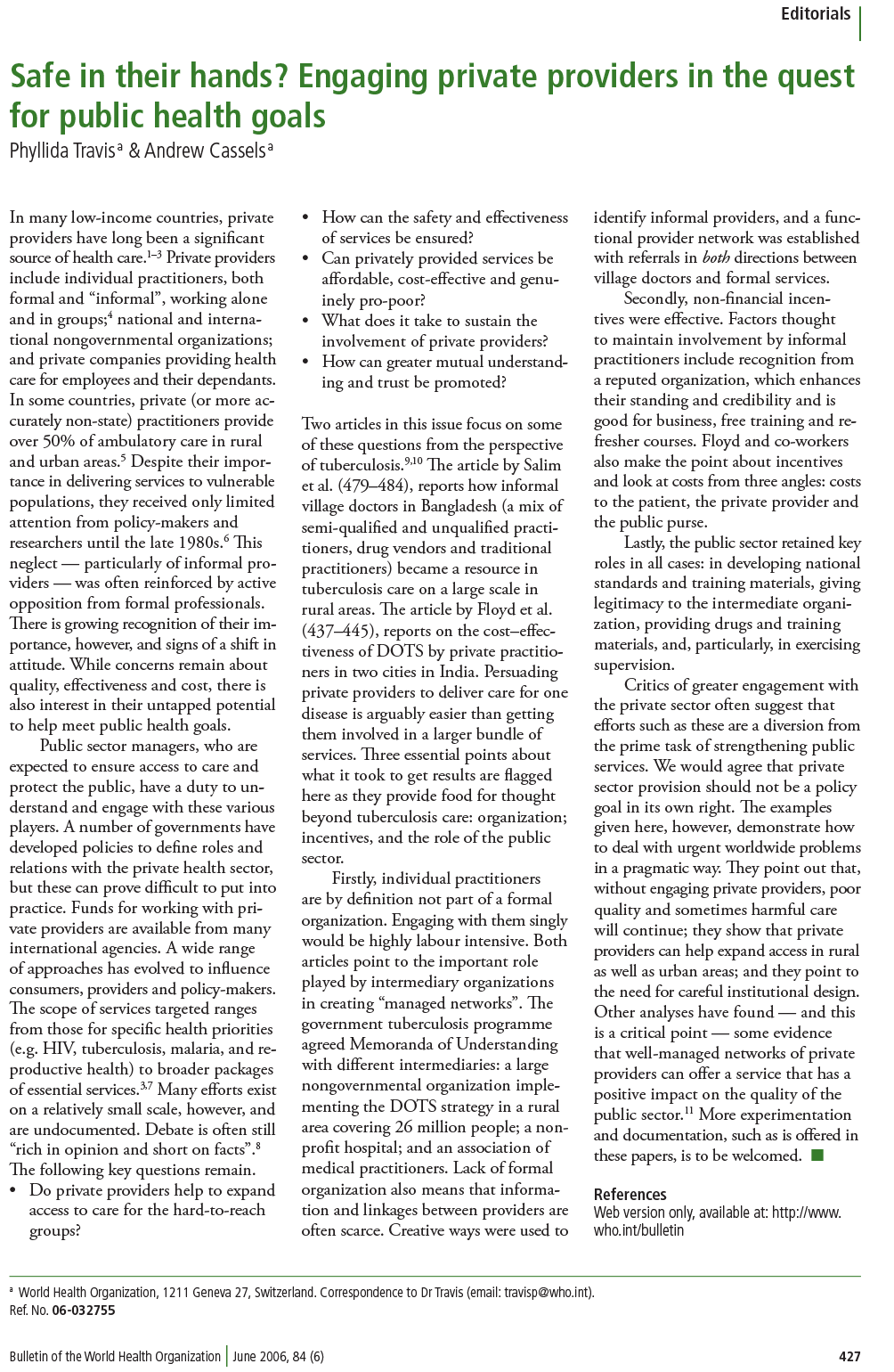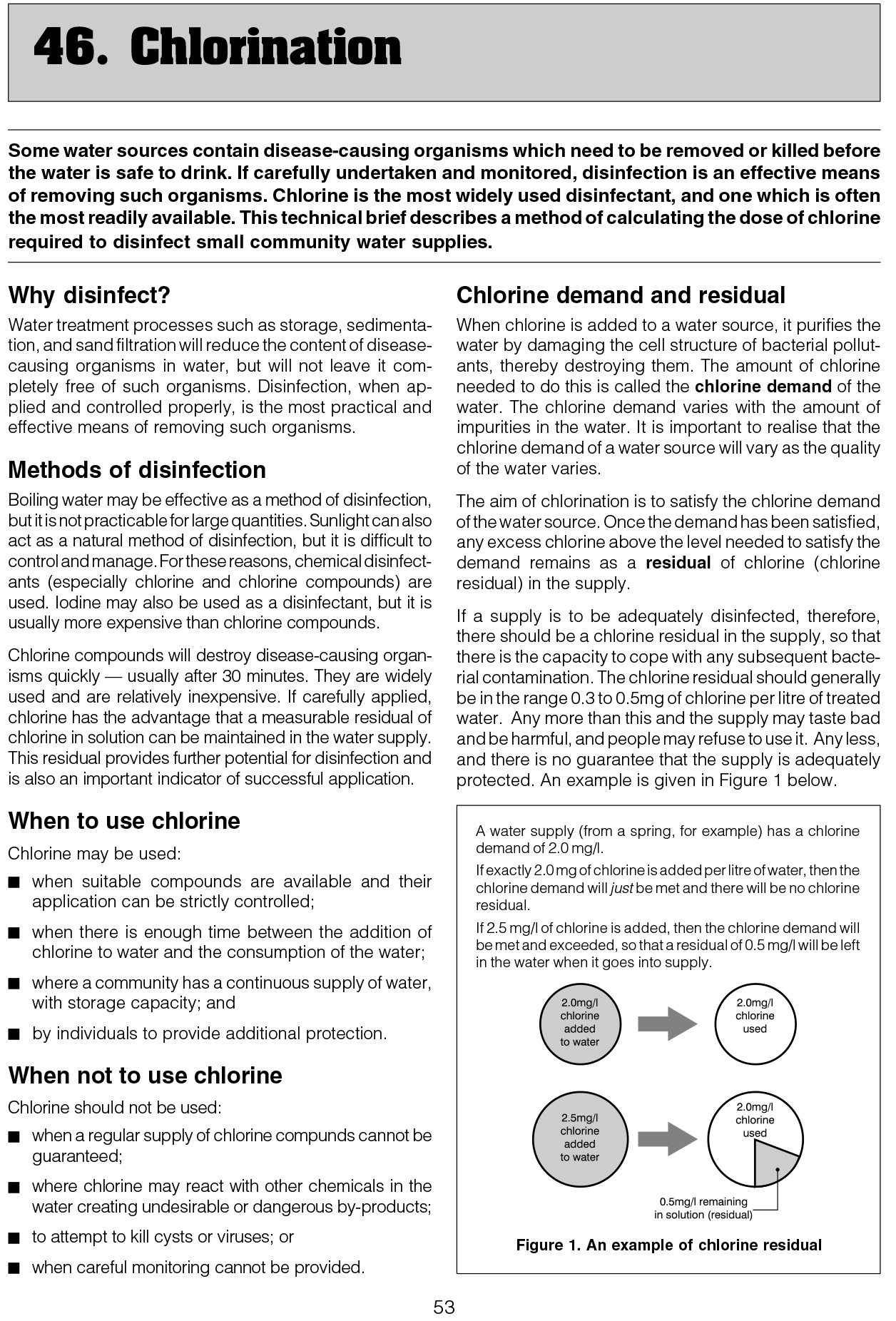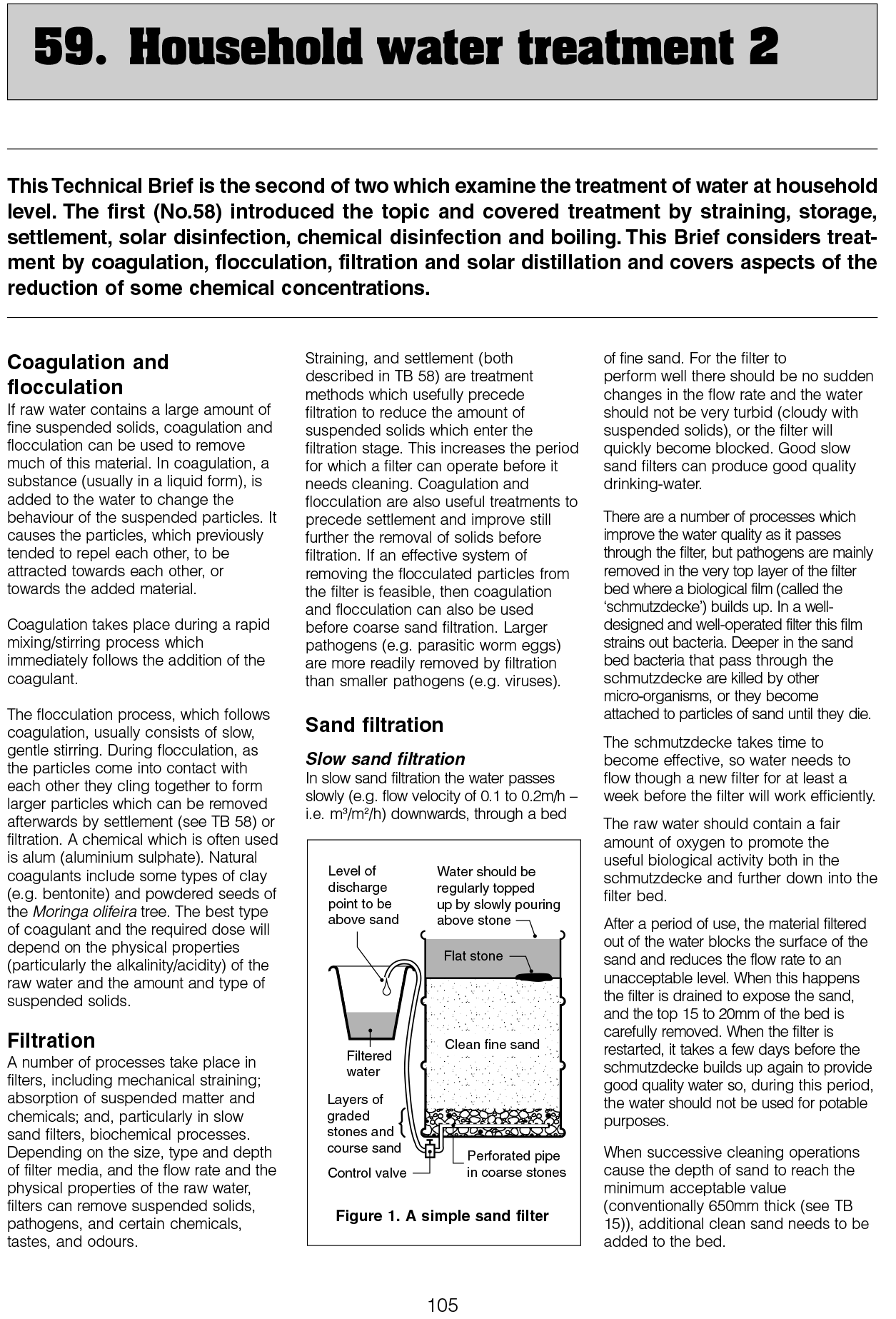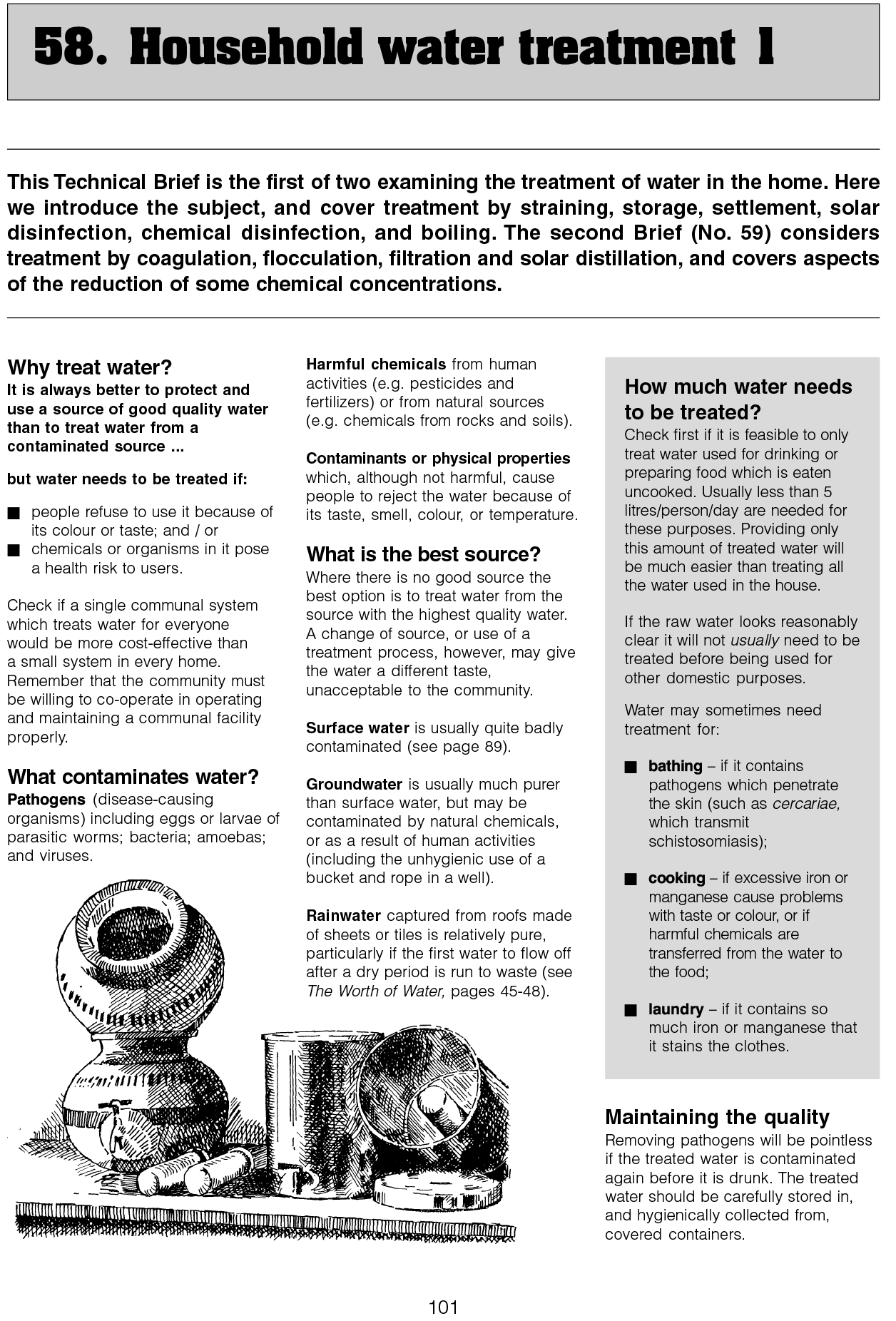
Resource Library
Private Sector Approaches to Health: An Overview
Powerpoint presentation developed by Ruth Berg, SHOPS Project Director, for the USAID Private Sector Approaches to Health Workshop held August 6th, 2010.
Resource Type : Presentation
Country :
Year : 2010-08-13T10:45:00
Language : English
Project : SHOPS

Resource Library
Expanding Access to Contraception: How Ability to Pay Affects Use and Source of IUDs
Greater use of long-acting and permanent methods (LAPMs) of contraception – intrauterine devices (IUD), implants, and sterilization – has the potential to increase continuation rates and reduce unintended pregnancies. In the past few years, efforts to revitalize IUD use have intensified. IUDs are highly effective and can be used for up to 10–12 years, but can also be quickly reversed with fertility returning swiftly once the device is removed.
Resource Type : Brief
Country : Global
Year : 2008-10-01T11:15:00
Language : English
Project : SHOPS

Resource Library
Public Policy and Franchising Reproductive Health: Current Evidence and Future Directions
A joint guidance note from PSP-One and WHO on Private Sector provision of reproductive health and family planning services. The note is based a consultation meeting entitled "Public Policy and Franchising Reproductive Health: Current Evidence and Future Directions" held in Geneva Switzerland, December 2006.
Resource Type : Report
Country :
Year : 2007-10-18T15:15:00
Language : English
Project : SHOPS

Resource Library
Safe in Their Hands? Engaging Private Providers in the Quest for Public Health Goals
In many low-income countries, private providers have long been a significant source of health care. Private providers include individual practitioners, both formal and "informal", working alone and in groups; national and international nongovernmental organizations; and private companies providing health care for employees and their dependents. In some countries, private (or more accurately non-state) practitioners provide over 50% of ambulatory care in rural and urban areas. Despite their importance in delivering services to vulnerable populations, they received only limited attention from policy-makers and researchers until the late 1980s. This neglect — particularly of informal providers — was often reinforced by active opposition from formal professionals. There is growing recognition of their importance, however, and signs of a shift in attitude. While concerns remain about quality, effectiveness and cost, there is also interest in their untapped potential to help meet public health goals.
Resource Type : Other
Country : Global
Year : 2006-06-06T10:45:00
Language : English
Project : SHOPS

Resource Library
Public Sector Family Planning: How Can We Pay For It?
The public sector is the most important provider of family planning services in almost all developing countries, a status that confronts governments with large and growing costs. On the demand side, more women are entering the childbearing years and their use of family planning is increasing. At the same time, the public sector is being asked to offer additional reproductive health care services, especially for HIV prevention. Resources are not keeping up with needs. Donor funding levels are stagnant, and there is fear that they will decrease. Countries that once received donated contraceptive commodities must now buy them. What can be done to address these problems?
Resource Type : Report
Country :
Year : 2006-03-24T14:15:00
Language : English
Project : SHOPS

Resource Library
FAQs Zinc Supplementation
As zinc supplements are a new treatment for diarrhoea mothers may have difficult questions regarding the treatment. Within this FAQ document are a few issues and concerns expressed by mothers in research regarding zinc supplementation and their accompanying responses.
Resource Type : Other
Country :
Year : 2006-02-09T15:00:00
Language : English
Project : SHOPS

Resource Library
Technical Brief No. 48. Chlorination
This Technical Brief describes a method of calculating the dose of chlorine required to disinfect small community water supplies.
Resource Type : Brief
Country :
Year : 2006-02-09T14:15:00
Language : English
Project : SHOPS

Resource Library
Technical Brief No. 59. Household Water Treatment Part 2
This Technical Brief considers treatment by coagulation, flocculation, filtration and solar distillation and covers aspects of the reduction of some chemical concentrations.
Resource Type : Brief
Country :
Year : 2006-02-03T13:45:00
Language : English
Project : SHOPS

Resource Library
Technical Brief No. 58. Household Water Treatment Part 1
This Technical Brief discusses treatment by straining, storage, settlement, solar disinfection, chemical disinfection, and boiling.
Resource Type : Brief
Country :
Year : 2006-02-03T13:45:00
Language : English
Project : SHOPS

Resource Library
International network to promote household water treatment and safe storage
This CDC webpage provides a summary of not only the February 2003 conference, but also the state of the art in development, testing, and evaluation of point-of-use water treatment methods. It lists and has links to MEDLINE summaries of 16 of the most relevant research studies completed to date.
Resource Type : Other
Country :
Year : 2004-06-01T13:45:00
Language : English
Project : SHOPS
Pagination
- Previous page
- Page 8
- Next page

